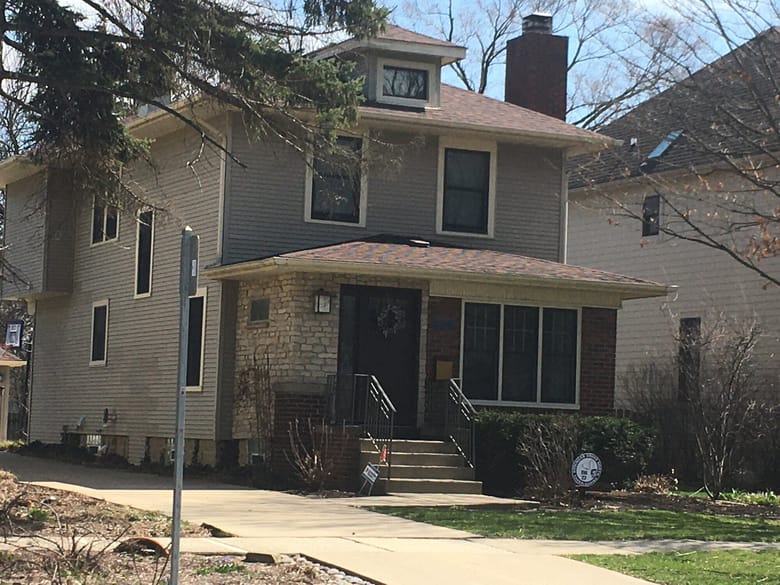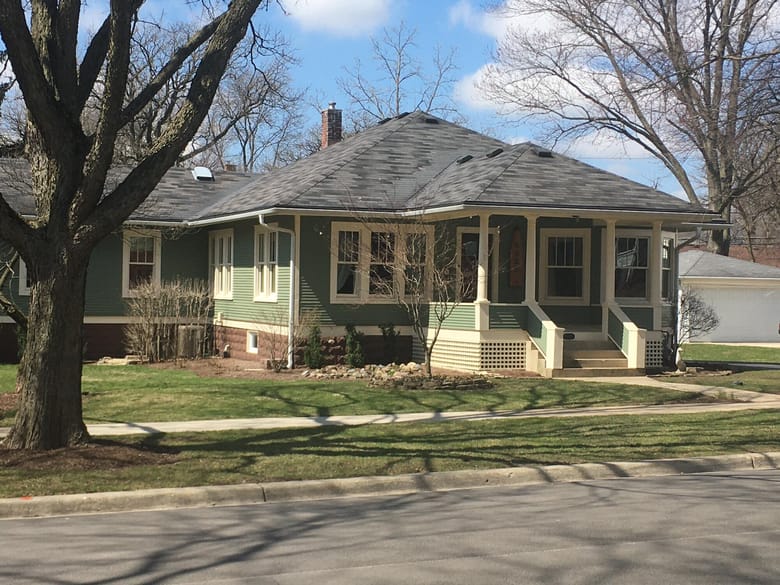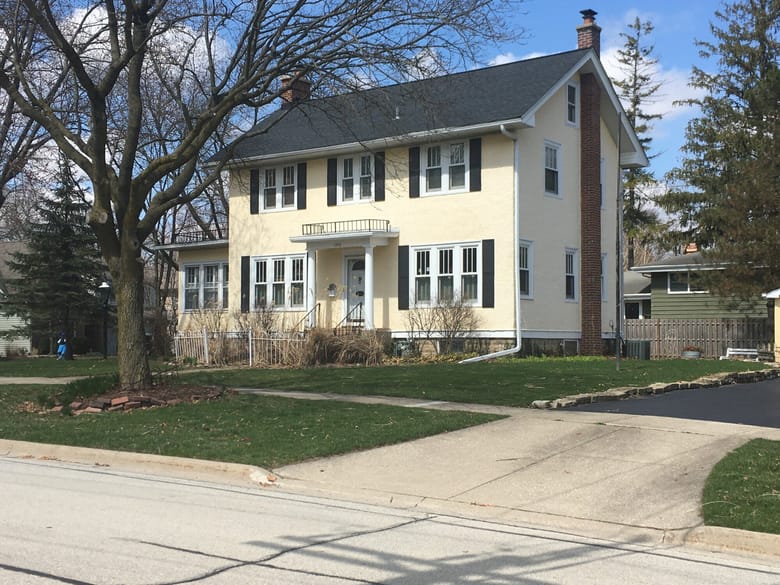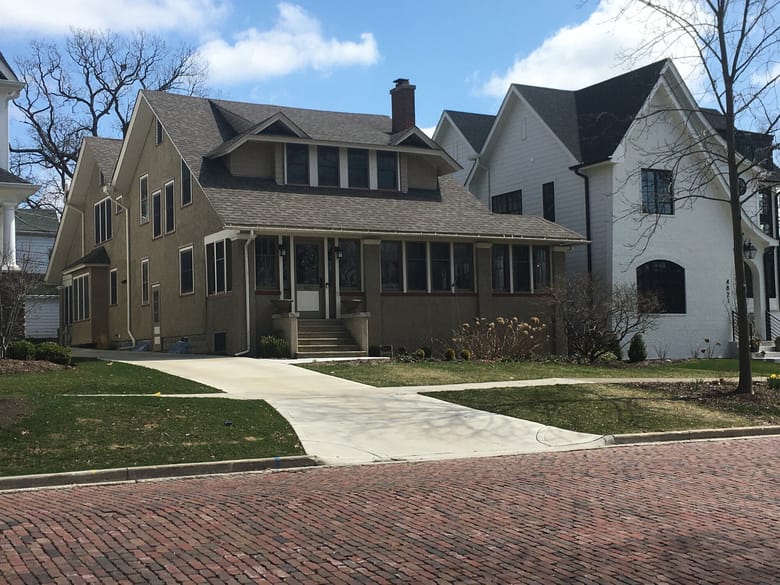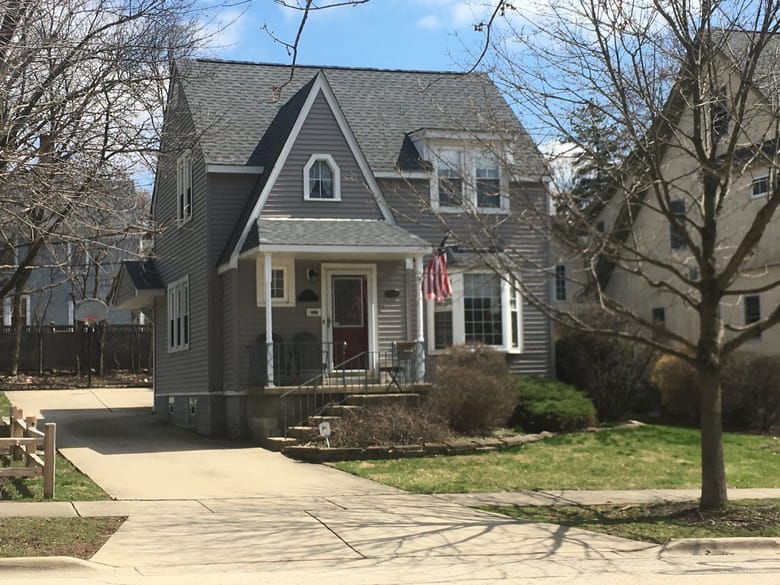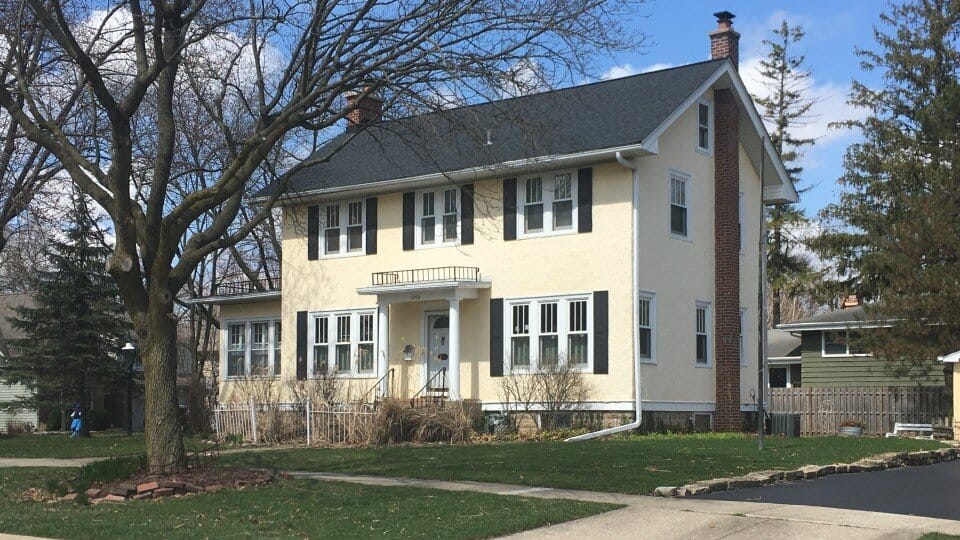
Sears homes in Downers Grove
A place for me. A place to be. A place to dream. A place of my own. A home. "Home" means different things to different people at different times, but no matter what, we all want some place to call home.
A place for me. A place to be. A place to dream. A place of my own. A home. "Home" means different things to different people at different times, but no matter what, we all want some place to call home.
by Lisa Ciota, CAC education guide and 2020 docent-in-training
Home ownership has been part of the American dream for generations. In the early 1900s, as America’s prosperity and population grew, this dream started to become a reality for many. Retailers sought to benefit from this trend, offering everything from appliances and housewares to home furnishings and in some cases, even mail-order houses.
While not the first or only mail-order home kit retailer, Sears was the largest and most famous retailer of home kits. It is estimated that between 1908 and 1940, Sears sold more than 70,000 customizable home kits across the country. Entire home kits would arrive by rail with everything needed for the home’s construction: precut lumber, drywall, asphalt shingles, carved staircases, central heating systems and the nails and varnish to put it all together.
Walk north on Forest Avenue to find:
4605 FOREST AVENUE. Photo by Lisa Ciota.
Offered between 1925 and 1938, the Cornell model included six or seven rooms and one bathroom. It featured a front porch and rectangular layout perfect for narrow lots.
4808 FOREST AVENUE. Photo by Lisa Ciota.
The Avondale model dates back to 1911, with interesting interior features like a built-in buffet in the dining room, a fireplace flanked by window seats and a beamed ceiling in the living room.
Head to Chicago Avenue, then head west to see:
1240 CHICAGO AVENUE. Photo by Lisa Ciota.
One of the more expensive models, the Lexington was a Colonial Revival house offered between 1921 and 1933, starting at $2,958. It includes seven to nine rooms and a stately entrance.
Head south on Linscott Avenue, then around the corner to find:
4817 LINSCOTT AVENUE. Photo by Lisa Ciota.
The Arlington model was an Arts and Crafts style bungalow with seven bedrooms and one bathroom. It was originally constructed with a wrap-around porch, which has since been enclosed.
4905 PARKWAY DRIVE. Photo by Lisa Ciota.
Available for just two years, in 1932 and 1933, the Brookwood model includes a distinctive, steeply pitched vestibule roof. The founder of the Downers Grove Park District built this house.
If you’re up for a longer walk, download the village’s Sears Home Tour brochure with a map highlighting more than 20 homes. To research Sears homes, visit the Sears Home archives where you’ll find information and many of the floor plans for the nearly 450 different home designs Sears offered.
It’s not just any old place—it’s home.

